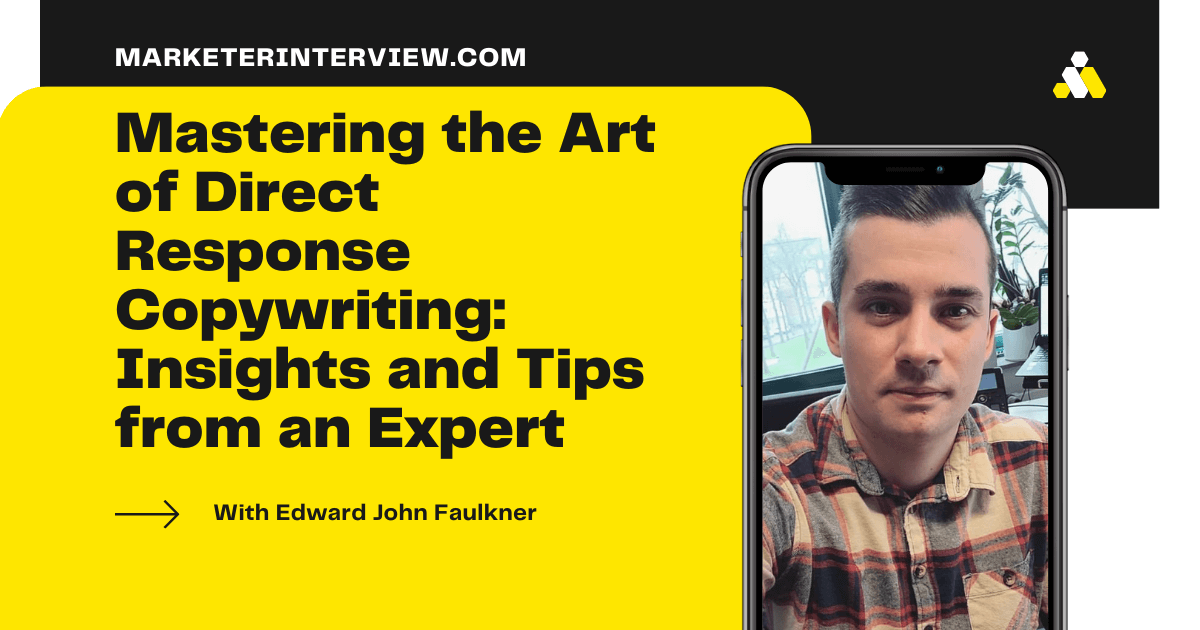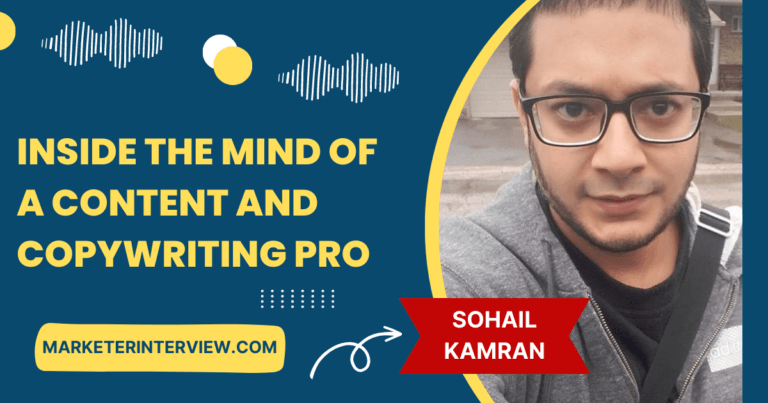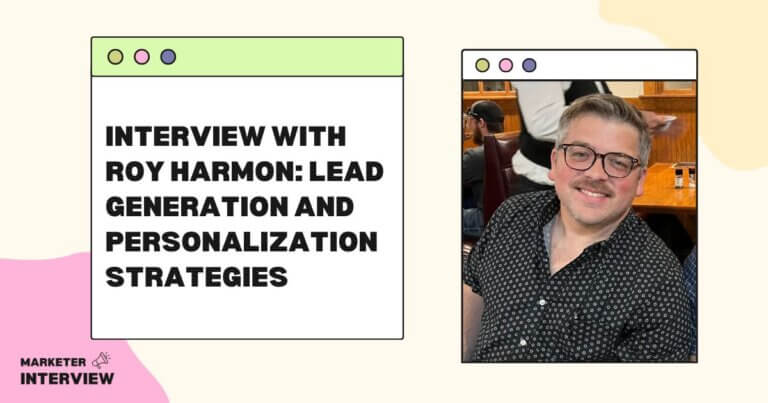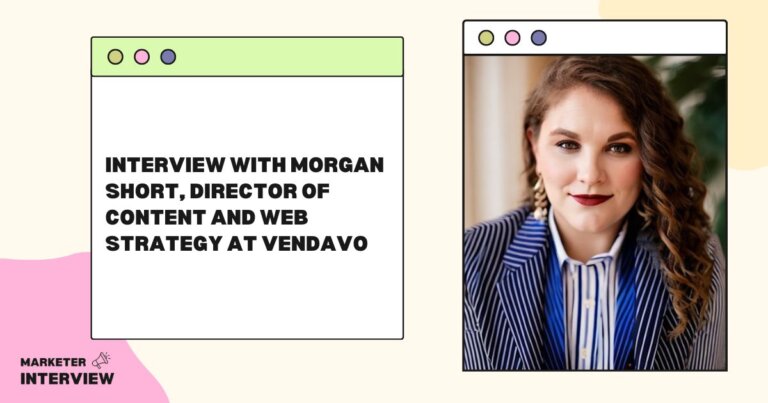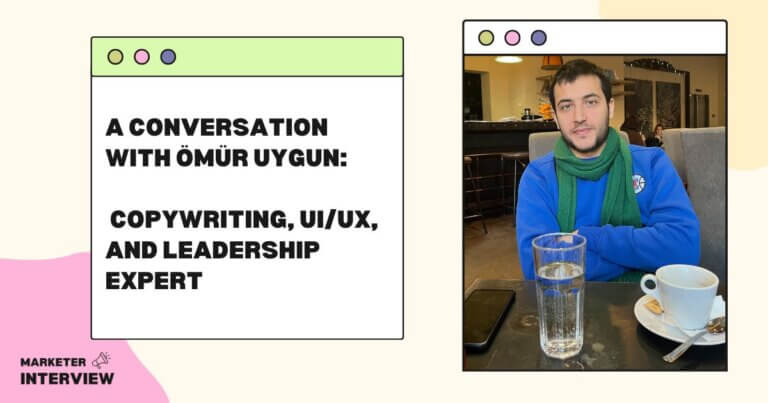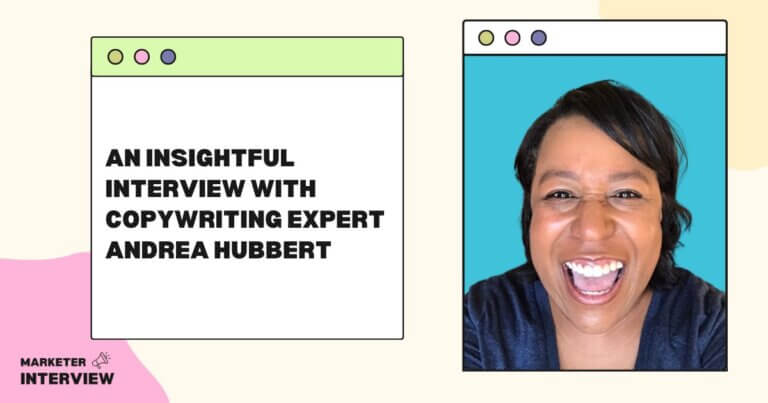Mastering the Art of Direct Response Copywriting: Insights and Tips from an Expert
In this interview, we speak with Edward John Faulkner, an experienced direct response copywriter. Edward has worked with various companies to create successful campaigns that have generated a significant increase in sales and revenue.
In this interview, he shares his insights into what direct response copywriting is, how it differs from other forms of copywriting, and the strategies he uses to create a sense of urgency and encourage immediate action from readers. He also provides advice for businesses and individuals looking to improve their direct response copywriting skills.
Contents
- 1 Can you explain what direct response copywriting is and how it differs from other forms of copywriting?
- 2 How do you identify and target your ideal audience when crafting direct response copy?
- 3 What strategies do you use to create a sense of urgency and encourage immediate action from your readers?
- 4 How do you balance creativity and effective persuasion in your copywriting?
- 5 Can you share a specific example of a successful direct response copywriting campaign you have worked on and what made it successful?
- 6 In your opinion, what are some common mistakes that businesses make when attempting direct response copywriting?
- 7 How do you measure the success of a direct response copywriting campaign?
- 8 With the rise of social media and online advertising, how has direct response copywriting evolved and adapted to these new platforms?
- 9 What do you believe are the most important qualities for a successful direct response copywriter to possess?
- 10 Can you provide any tips or advice for businesses or individuals looking to improve their direct response copywriting skills?
Can you explain what direct response copywriting is and how it differs from other forms of copywriting?
Direct response copywriting is a type of writing that aims to elicit an immediate response from the reader, such as a purchase or the completion of a form.
It is distinct from other types of copywriting, such as brand advertising, which seeks to increase brand awareness and recognition over time.
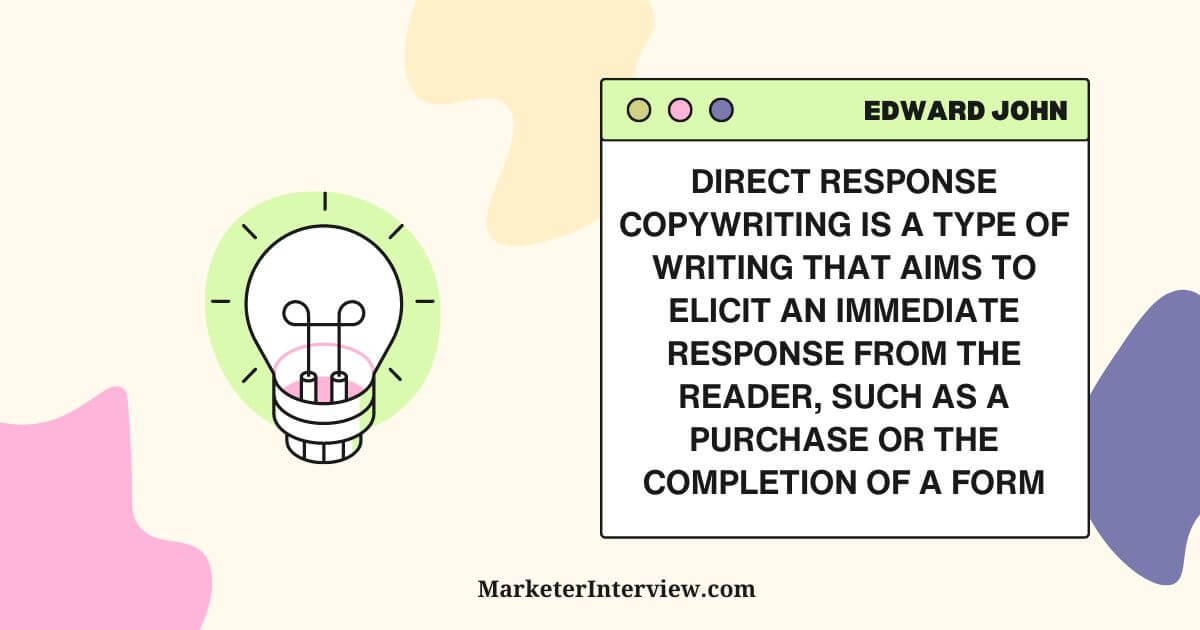
How do you identify and target your ideal audience when crafting direct response copy?
When creating direct response copy, it’s critical to research and understand your audience’s needs, wants, and pain points in order to identify and target your ideal audience. This can be accomplished by conducting market research, customer surveys, and analyzing data from previous campaigns.
What strategies do you use to create a sense of urgency and encourage immediate action from your readers?
Using strong calls-to-action, offering limited-time discounts or promotions, and emphasizing the benefits of taking immediate action are all ways to create a sense of urgency in direct response copy. It’s critical to keep your messaging honest and transparent, and to avoid using manipulative tactics.
How do you balance creativity and effective persuasion in your copywriting?
In direct response copywriting, balancing creativity and effective persuasion necessitates a thorough understanding of the target audience and their motivations. While remaining true to the brand’s messaging and values, effective copywriters use creativity to capture the reader’s attention and persuade them to take action.
I worked on a successful direct response copywriting campaign for a health supplement company. We were able to generate a significant increase in sales and revenue by focusing on the product’s benefits and offering a limited-time discount.
In your opinion, what are some common mistakes that businesses make when attempting direct response copywriting?
Common mistakes include being too pushy or aggressive in their messaging, using manipulative tactics, and failing to research and understand their audience.
How do you measure the success of a direct response copywriting campaign?
Metrics such as conversion rates, click-through rates, and ROI can be used to assess the success of a direct response copywriting campaign. It is critical to establish clear goals and track progress throughout the campaign.
By emphasizing the importance of targeted messaging, strong calls-to-action, and engaging visuals and video content, direct response copywriting has evolved to adapt to new platforms such as social media and online advertising.
What do you believe are the most important qualities for a successful direct response copywriter to possess?
Strong research and analytical skills, creativity, attention to detail, and the ability to write persuasive and engaging copy are all important qualities for a successful direct response copywriter.
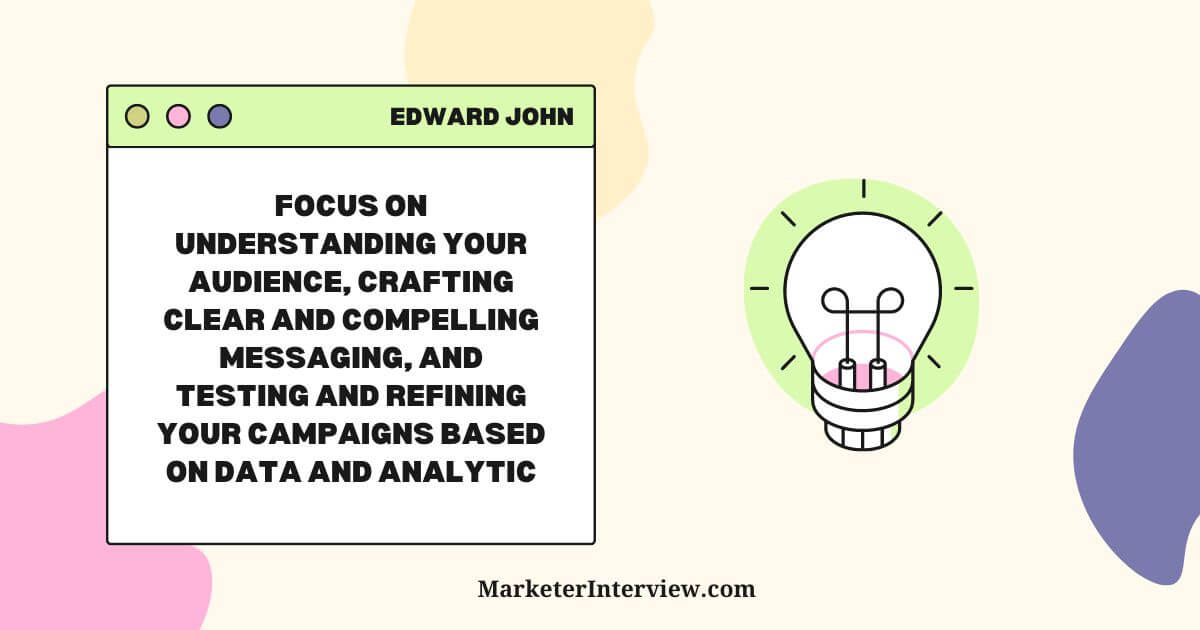
Can you provide any tips or advice for businesses or individuals looking to improve their direct response copywriting skills?
Focus on understanding your audience, crafting clear and compelling messaging, and testing and refining your campaigns based on data and analytics to improve your direct response copywriting skills. Don’t be afraid to try new approaches and strategies, but always
